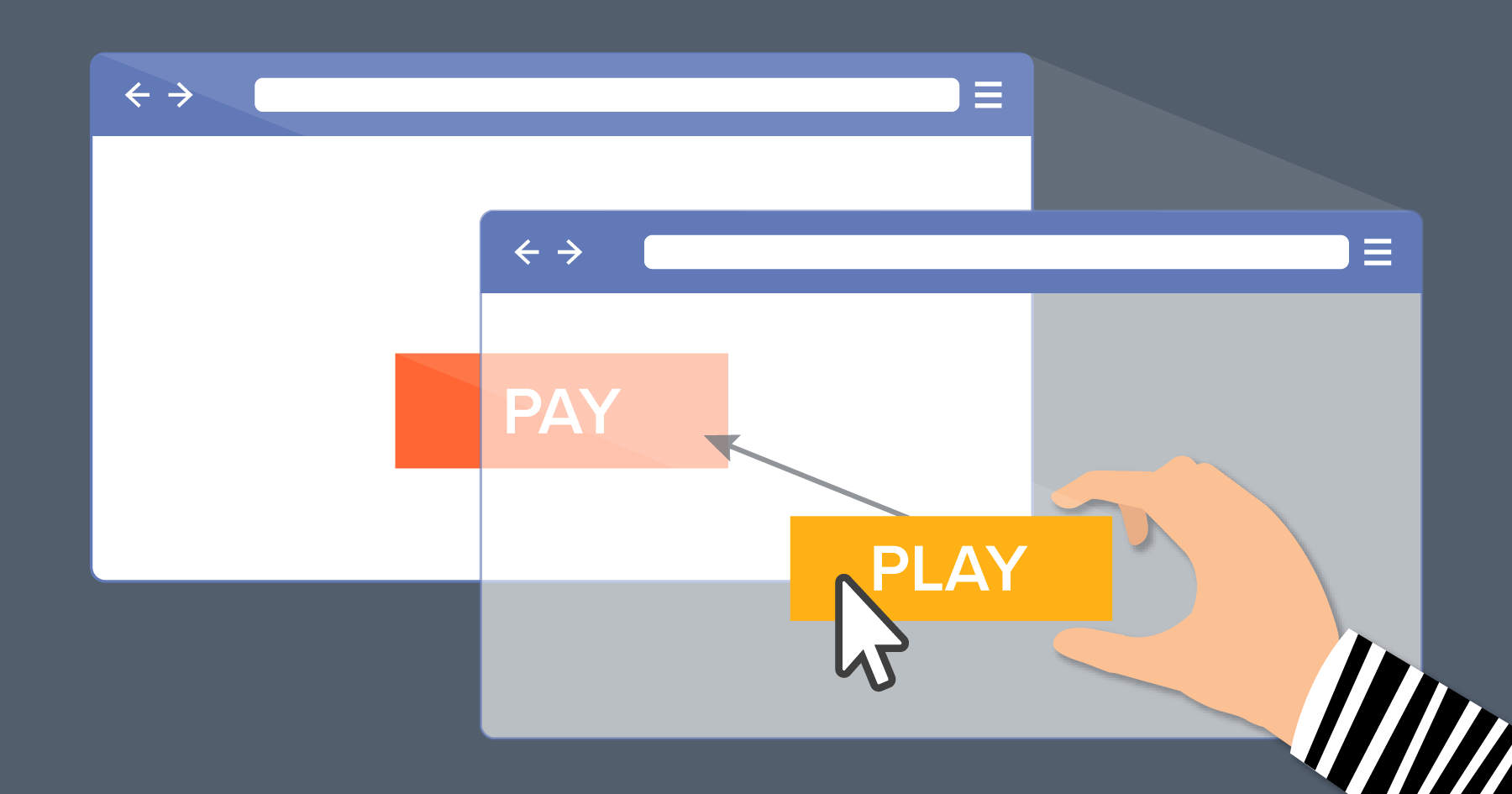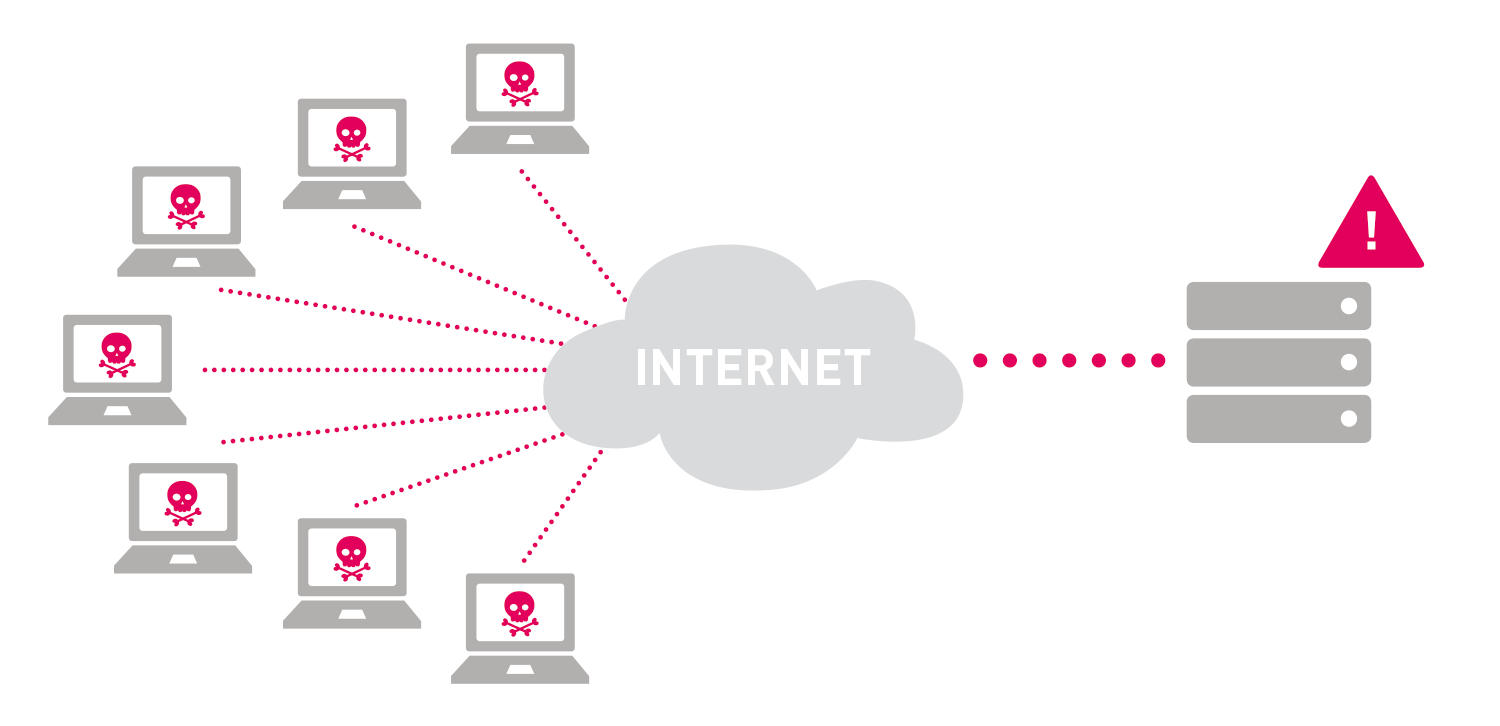Things to consider
A few of the most common website threats
Cross-Site Scripting (XSS)
XSS is a term used to describe a class of attacks that allow an attacker to inject client-side scripts through the website into the browsers of other users.
Flaws that allow these attacks to succeed are quite widespread and occur anywhere a web application uses input from a user within the output it generates without validating or encoding it.
The variety of attacks based on XSS is almost limitless, but they commonly include transmitting private data, like cookies or other session information, to the attacker, redirecting the victim to web content controlled by the attacker, or performing other malicious operations on the user’s machine under the guise of the vulnerable site.
XSS can do things like send the user's site authorization cookie to the attacker.
When the attacker has the cookie, they can log into a site as though they were the user and do anything the user can, such as access their credit card details, see contact details, or change passwords.
SQL injection
SQL injection vulnerabilities enable malicious users to execute arbitrary SQL code on a database.
Attackers can use SQL Injection vulnerabilities to bypass application security measures. They can go around authentication and authorization of a web page or web application and retrieve the content of the entire SQL database. They can also use SQL Injection to add, modify, and delete records in the database.
An SQL Injection vulnerability may affect any website or web application that uses an SQL database such as MySQL, Oracle, SQL Server, or others. Criminals may use it to gain unauthorized access to your sensitive data: customer information, personal data, trade secrets, intellectual property, and more. SQL Injection attacks are one of the oldest, most prevalent, and most dangerous web application vulnerabilities.
This vulnerability is present if user input that is passed to an underlying SQL statement can change the meaning of the statement.
statement = "SELECT * FROM users WHERE name = '" + userName + "';"
SELECT * FROM users WHERE name = 'a';DROP TABLE users; SELECT * FROM userinfo WHERE 't' = 't';
Clickjacking
In this attack, a malicious user hijacks clicks meant for a visible top-level site and routes them to a hidden page beneath controlled by the attacker.
For example, a clickjacked page tricks a user into performing undesired actions by clicking on a concealed link. On a clickjacked page, the attackers load another page over it in a transparent layer. The unsuspecting users think that they are clicking visible buttons, while they are actually performing actions on the invisible page. The hidden page may be an authentic page; therefore, the attackers can trick users into performing actions which the users never intended. There is no way of tracing such actions to the attackers later, as the users would have been genuinely authenticated on the hidden page.
Denial of Service
DoS is usually achieved by flooding a target site with fake requests so that access to a site is disrupted for legitimate users. The requests may simply be numerous, or they may individually consume large amounts of resources.
A distributed denial-of-service (DDoS) attack is a malicious attempt to disrupt normal traffic of a targeted server, service or network by overwhelming the target or its surrounding infrastructure with a flood of Internet traffic. DDoS attacks achieve effectiveness by utilizing multiple compromised computer systems as sources of attack traffic. Exploited machines can include computers and other networked resources such as IoT devices. From a high level, a DDoS attack is like a traffic jam clogging up with highway, preventing regular traffic from arriving at its desired destination.
Directory Traversal
In this attack, a malicious user attempts to access parts of the web server file system that they should not be able to access. This vulnerability occurs when the user is able to pass filenames that include file system navigation characters (for example, ../../)
The goal of this attack is to use an affected application to gain unauthorized access to the file system. This attack exploits a lack of security (the software is acting exactly as it is supposed to) as opposed to exploiting a bug in the code.
Example:
<?php
$template = 'red.php';
if (isset($_COOKIE['TEMPLATE'])) {
$template = $_COOKIE['TEMPLATE'];
}
include ("/home/users/phpguru/templates/" . $template);
?>
An attack against this system could be to send the following HTTP request:
GET /vulnerable.php HTTP/1.0
Cookie: TEMPLATE=../../../../../../../../../etc/passwd
Generating a server response such as:
HTTP/1.0 200 OK
Content-Type: text/html
Server: Apache
root:fi3sED95ibqR6:0:1:System Operator:/:/bin/ksh
daemon:*:1:1::/tmp:
phpguru:f8fk3j1OIf31.:182:100:Developer:/home/users/phpguru/:/bin/csh
Never trust data from the browser!
The single most important lesson you can learn about website security is to never trust data from the browser!
This includes, but is not limited to data in URL parameters of GET requests, POST requests, HTTP headers and cookies, and user-uploaded files. Always check and sanitize all incoming data. Always assume the worst.
This is truly the golden rule of Web development, and it is likely the rule most commonly broken by inexperienced developers. Most developers who violate this rule do not actually realize that they are trusting the client for anything. Adhering to this rule requires that you truly understand what you are trusting and why, because it is easy to unintentionally trust data that can compromise your application.

